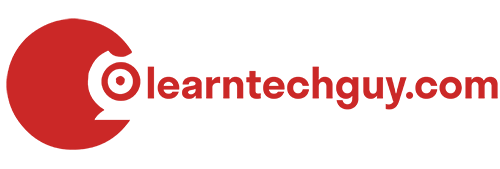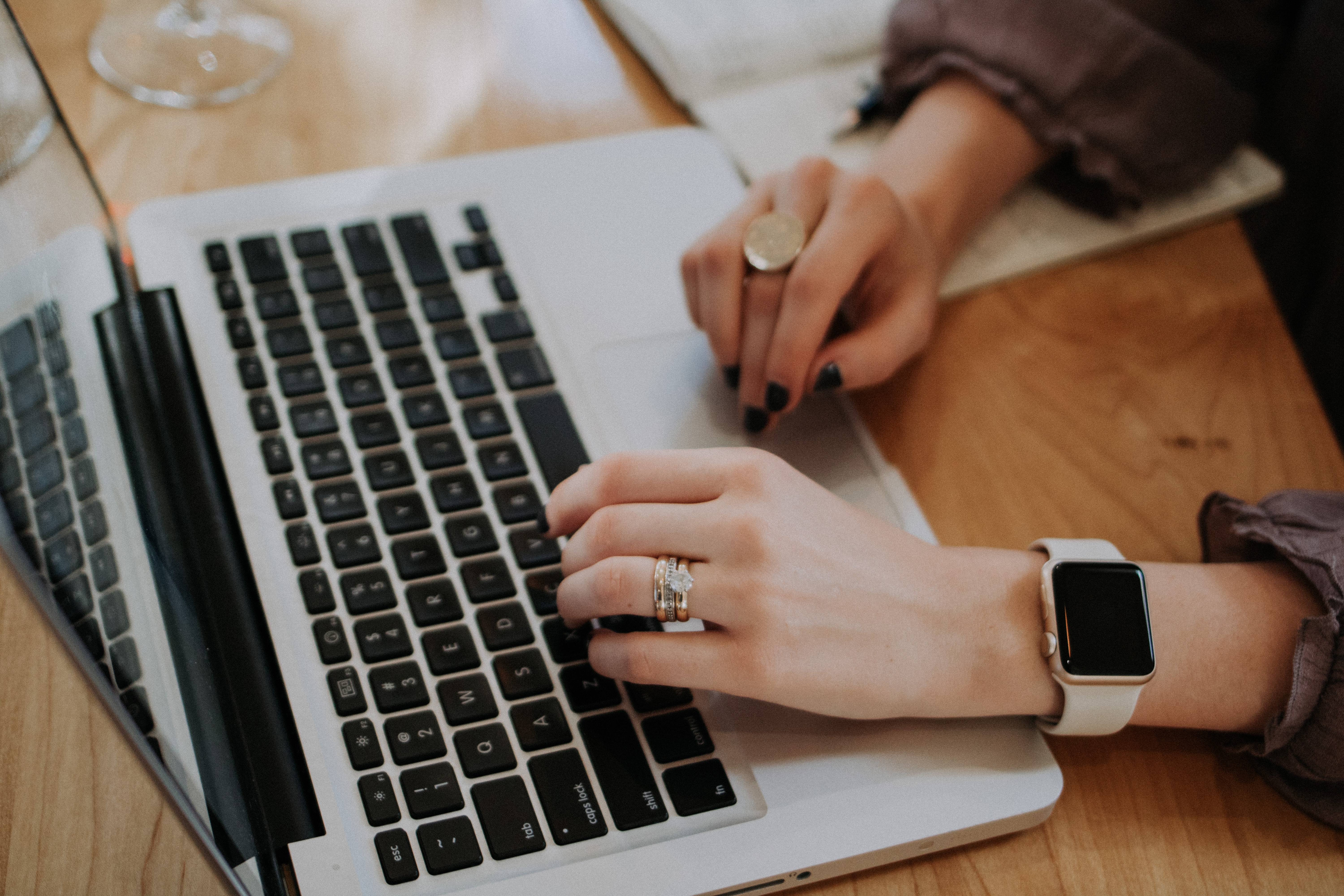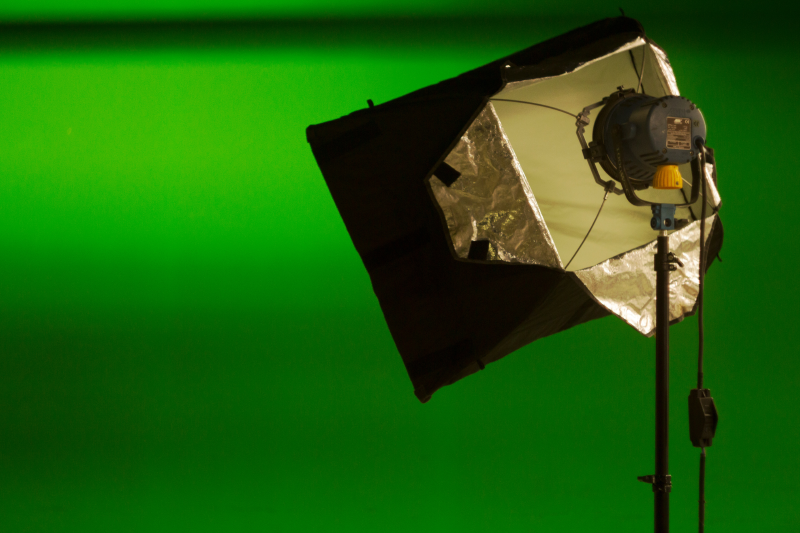Adding a green screen to your learning environment is fairly inexpensive and easy. There are a couple of methods you could use to create a green screen. The two main factors that can determine what method you use are space and wall surface.
Paint
The easiest way to get a green screen is to paint a section of wall green. The wall you select should have a smooth surface. Materials like a cinder block and stucco don't work as well because those surfaces can create shadows. A smooth section of drywall would be ideal. The smooth wall makes it easier to light without creating shadows.
Here is a list of paint colour choices that can be found at home stores as compiled by Andrew Seltz (The Go-To Guy):
- Behr Premium Plus S-G-430 Sparkling Apple (available at Home Depot)
- Behr Premium Plus S-G-440 Green Acres (available at Home Depot)
- Disney Premium Plus Gamma Sector Green (available from Home Depot)
- Sherwin-Williams Neon Green (available at Lowes)
- Benjamin Moore #2032-10 Neon Green (a very close match to my actual fabric green screen)
- Benjamin Moore #2032-20 Traffic Light Green
Fabric
If space is an issue, your walls are not smooth or you want portability then fabric may be the way you want to go. If you have wall space, but the walls are cinder block (with joints) or otherwise not smooth you can place green fabric over the wall to achieve your green screen backdrop. Another issue can be space. If you don't have the wall space to dedicate to a permanent green screen the portable fabric green screen may be your answer.
Most of the fabric I have found doing research is made of 100% muslin. In addition, a lot of the fabric panels I have found don't have seams (that could cause shadows). Prices range from about $5 for just the fabric to $1200. The cheaper end of the scale gets you just the fabric. The higher end of the scale can get you multiple backdrops (green, blue, etc), a frame to hold the fabric and in some cases lighting. Here are a couple of examples from Amazon.ca:
In LearnTechGuy.com's "build a green screen" project we went with this fabric that was priced at $42.
Size
Using anecdotal information from researching green screens for our project build, in an ideal world, for most applications you would want your green screen to be about 10 feet by 10 feet. Your width can go down as low as 4 feet and your height needs to be at least 7 feet. Obviously, the smaller the screen the less you can do with it. For example, a 4-foot wide screen would be only good to have one person in front of it. The wider the screen the more people and set elements you can have in front of it to make your scene. The green screen fabric we purchased is 9 feet by 15 feet. Having the length at 15 feet will allow us to drape some of the green screen fabric on to the ground for full height shots.
The Bottom Line
Whether you use paint or fabric a green screen can be a great addition to your learning environment. What I like to do is get students to script the scene the would like to shot, recruit any other actors they need for the scene, source any royalty-free images or "B" roll film, and find any props they need. Once they have had a chance to do some rehearsal they can shoot there video using the green screen.
In our next green screen article, we are going to cover software options to achieve your green-screen effect.
Have a suggestion for a topic you would like to see covered on LearnTechGuy.com? Visit our make a suggestion page and we will do our best to honour your request!
Disclaimer: I am not a teacher. I just really into educational technology. All the opinions are my own and are not the views of any suppliers or manufacturers.



